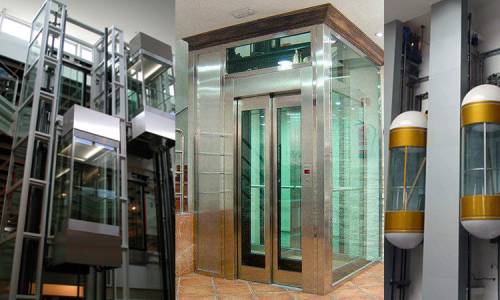
Traction elevators are the workhorse of the vertical transportation industry, offering a reliable and efficient solution for moving people and goods between floors. Unlike hydraulic elevators, traction elevators use a counterweight system and steel cables driven by a motor to achieve vertical movement. This design offers numerous advantages, making them the preferred choice for a wide range of buildings.
Key Features and Benefits:
Types of Traction Elevators:
Applications:
Choosing the Right Traction Elevator:
Selecting the appropriate traction elevator requires careful consideration of factors such as building height, traffic volume, passenger capacity, speed requirements, budget, and aesthetic preferences. Consult with a qualified elevator specialist to determine the optimal solution for your specific needs. We offer comprehensive design, installation, and maintenance services to ensure your traction elevator operates flawlessly for years to come.